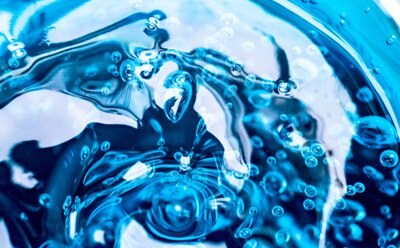Hydrophilic Polymers

Hydrophilic polymers contain polar or charged functional groups, rendering them soluble in water. They can interact with or be dissolved by water or other polar substances. These water-soluble polymers are a major class of polymers that have a wide range of applications, such as in drug delivery, gene delivery, protein delivery, self-assembly, surface modification, and catalysis.
We offer a broad portfolio of hydrophilic polymers, grouped by the chemistry of their structure. For example, acrylics include acrylic acid, acrylamide, and maleic anhydride polymers and copolymers. Amine-functional polymers include allylamine, ethyleneimine, oxazoline, and other polymers containing amine groups in their main chains or side chains.
Products
Related Product Literature
Article: Designing Temperature and pH Sensitive NIPAM Based Polymers
Poly(2-oxzoline)
Our well-defined Poly(2-oxazoline) are a low-viscosity alternative to PEGs for biomedical applications due to their biocompatibility and similar “stealth” properties. Poly(2-oxazoline) are synthesized using living cationic ring-opening polymerization techniques in order to produce polymers with highly controlled polymer composition, chain length, architecture and functionality. In drug delivery, poly(2-oxazolines) have been used in drug or protein conjugates and as polymeric micelles to overcome the low water solubility and poor bioavailability of drugs.
Polyethylenimine
The polycationic character of polyethylenimines (PEIs) determines the application of this cationic polymer. Linear polyethyleneimines contain all secondary amines, while branched PEIs contain primary, secondary and tertiary amino groups. PEIs have been the most widely studied synthetic cationic polymer for gene delivery applications. PEI binds to DNA/RNA through electrostatic interactions and is internalized into cells by the endocytosis process. Our PEIs are available in a range of sizes and structures, including modified versions for enhanced biocompatibility.
Other Hydrophilic Polymers
Other hydrophilic polymers include stimuli-responsive biomedical polymers, such as the temperature-responsive Poly(N-isopropylacrylamide), and PH-responsive polymers, such as Poly(2-(diisopropylamino)ethyl methacrylate).
To continue reading please sign in or create an account.
Don't Have An Account?